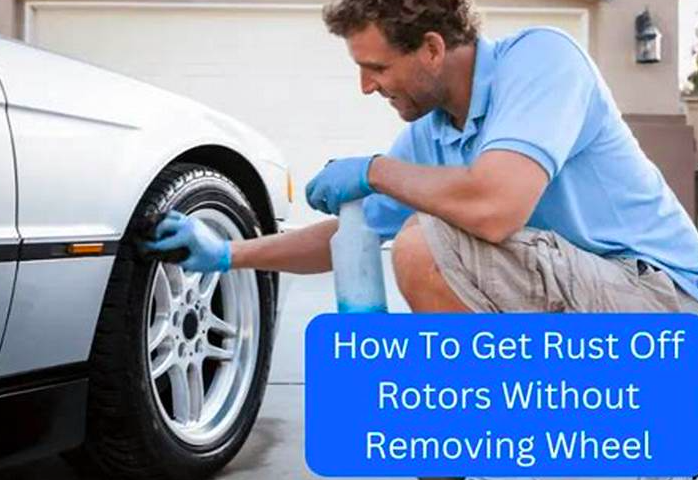Replacing a windshield might not sound like a big deal, but trust me—it’s more than just swapping glass. It’s a safety issue, a visibility issue, and let’s be honest, no one wants to deal with a cracked view while cruising down the highway. Whether you’re dealing with a nasty chip or a full-on shattered mess, this guide breaks down the 6 steps in professional automotive windshield replacement so you know exactly what to expect.
Why Windshield Replacement Matters
Safety First: More Than Just Glass
Your windshield does more than keep bugs out of your face. It’s a key part of your vehicle’s safety system. It supports the roof in a rollover and helps airbags deploy correctly.
So, a damaged windshield? Yeah, it compromises all that. That’s why professional auto glass replacement isn’t just cosmetic—it’s critical.
Want to learn more about auto body safety features? Check out Ryan Automotive’s safety features section.
Legal Requirements and Visibility
Driving with a cracked or shattered windshield can get you a ticket in some states. Visibility is key, and if that spiderweb crack blocks your line of sight, it’s not only dangerous—it’s illegal.

When Should You Replace Your Windshield?
Signs You Need a New Windshield
Let’s face it—some cracks are tiny annoyances. Others? Total deal-breakers. Here’s when you should call it quits:
- Cracks longer than 6 inches
- Multiple chips that impair vision
- Cracks that extend to the edge
- Discoloration or fogging in the glass layers
Repair or Replace: Making the Right Choice
In some cases, a quick repair does the trick. But if the integrity is compromised? Time to replace. A reputable collision center like Ryan Automotive can help you decide.
Step 1: Inspection and Evaluation
Understanding the Damage
First things first, a tech evaluates the extent of the damage. Is it a chip, a crack, or full shatter territory?
Consulting Professionals
Don’t DIY this part. Always go to a certified expert—like those at Ryan Automotive’s Auto Glass Repair & Replacement Center—for an honest assessment.
Step 2: Preparing for Replacement
Gathering the Right Tools
Professionals come armed with suction cups, cutting wires, adhesives, gloves, and safety glasses. Not your average toolbox stuff.
Safety Precautions and Clean Workspaces
Your car’s interior is protected, and technicians make sure no glass shards go rogue. Everything’s kept spotless and secure.
Step 3: Removing the Damaged Windshield
Detaching Moldings and Seals
Before the glass can go, all the rubber moldings and seals around the edges are carefully removed to avoid damage to your car’s paint.
Cutting Out the Windshield
A cold knife or wire is used to slice through the urethane holding the glass in place. It’s a delicate job—precision is key.
Step 4: Prepping the Frame
Cleaning and Removing Debris
No shortcuts here. All old adhesive is scraped off, and the pinch weld (that’s the edge where your windshield sits) is cleaned thoroughly.
Priming for Adhesion
A special primer is applied to prevent rust and ensure the new adhesive bonds perfectly.
Step 5: Installing the New Windshield
Applying the Urethane
Urethane adhesive is applied with a caulking gun—this stuff dries fast and forms a waterproof seal.
Placing and Aligning the Glass
The new windshield is carefully placed and aligned using suction tools. One wrong move and it’s off-center—not ideal.
Want more behind-the-scenes tips? Visit the Ryan Automotive Blog for insider info!
Step 6: Final Inspection and Curing
Sealing and Drying Time
Once placed, the urethane needs to cure. Most pros recommend waiting at least one hour before driving.
Testing for Leaks and Visibility
Technicians do a leak test (sometimes using water or special dye) and inspect for visual distortions. If it passes, you’re good to go.
How to Choose a Professional Auto Glass Shop
Certified Technicians Matter
You wouldn’t let just anyone perform surgery, right? The same logic applies here. Certified techs mean proper handling, safety, and long-term reliability.
Reviews, Services, and Guarantees
Look for warranties, service packages, and glowing reviews. Local experts like Ryan Automotive tick all those boxes.
Maintenance Tips After Replacement
What Not to Do for 24 Hours
- Don’t slam your doors.
- Avoid car washes.
- Skip the off-road adventures.
The urethane is still setting. Give it time!
Long-Term Windshield Care
Want to keep your new windshield spotless and damage-free? Avoid harsh chemicals and clean regularly with a microfiber cloth.
Check out Ryan’s Maintenance Tips for more care advice.
Final Thoughts
Windshield replacement is one of those things you shouldn’t take lightly. It’s not just about aesthetics—it’s about safety, clarity, and peace of mind. These six professional steps ensure your car is back in top shape, and you can drive with confidence.
Whether you’re facing a small chip or a massive crack, trust the pros at Ryan Automotive for expert service that gets it done right the first time.
FAQs
1. How long does it take to replace a windshield professionally?
Most replacements take 1–2 hours, with an additional hour of curing time before you can drive.
2. Can I drive immediately after getting my windshield replaced?
Nope! Wait at least 60 minutes, but follow the technician’s exact instructions for safety.
3. Is a windshield replacement covered by insurance?
It often is! Many comprehensive plans cover glass repairs or replacements—check with your provider.
4. What happens if I ignore a cracked windshield?
Small cracks can spread, weaken the structure, and even cause the windshield to fail during impact.
5. Will the replacement glass be the same as the original?
Yes, if done professionally. OEM (original equipment manufacturer) glass matches the specs of your old windshield.
6. Can I wash my car after a windshield replacement?
Hold off for at least 24 hours—high-pressure water can mess with the seal.
7. How can I prevent future windshield damage?
Avoid tailgating, park in shaded areas, and use high-quality wiper blades to keep the glass protected.

